Affiliate links on Android Authority may earn us a commission. Learn more.
Ditching the Galaxy S24 Plus is the right move for Samsung
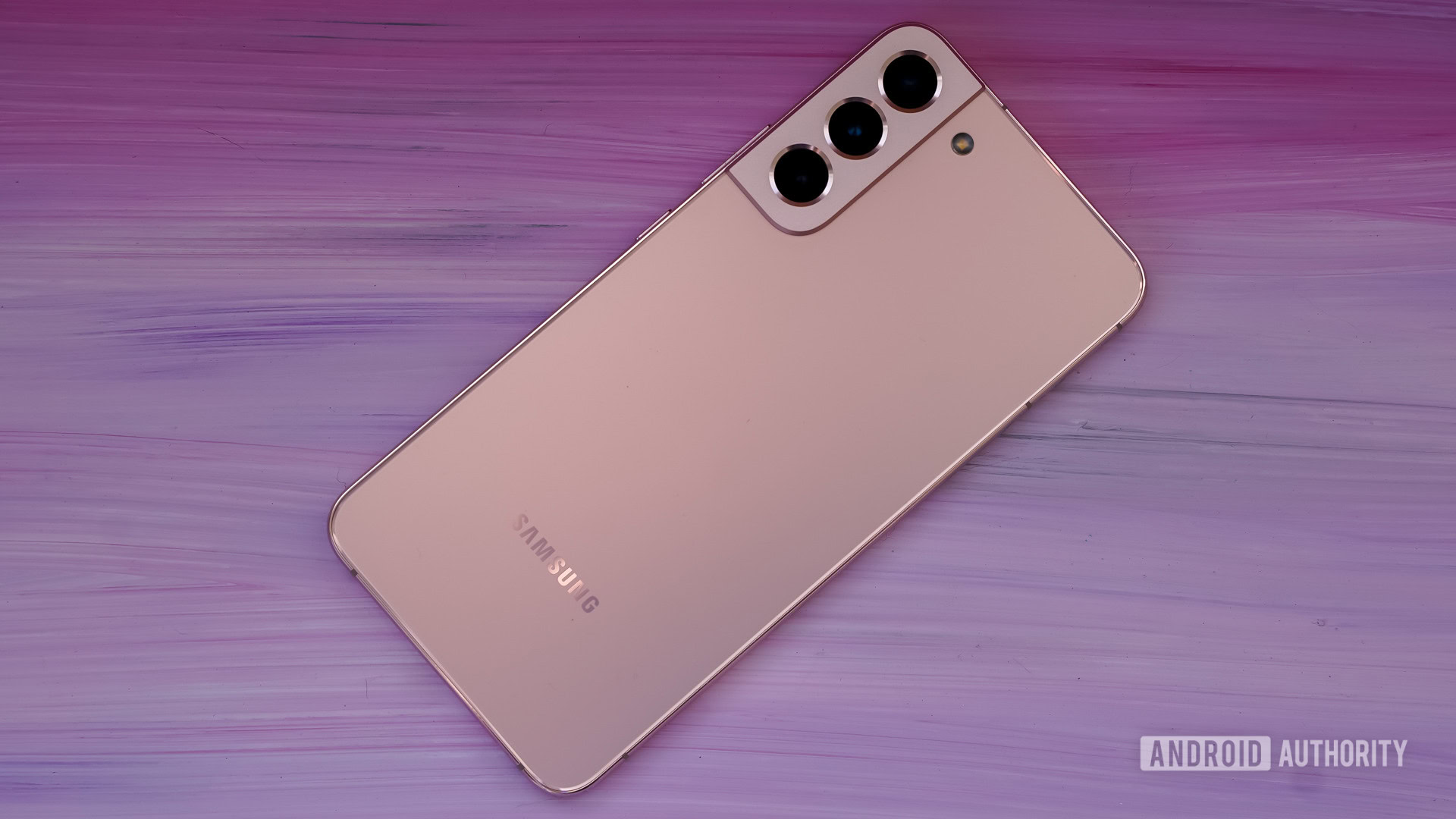
Earlier this week, Korean publication The Elec published a report suggesting that Samsung, the world’s largest Android phone manufacturer, might have a rather monumental shift in strategy in place for its 2024 lineup. Shortly after incorporating the Note series into the primary Galaxy S lineup, the company is now ready to drop its long-standing three-device strategy in the series.
While the upcoming Galaxy S23 lineup is expected to include three devices, just like last year, the 2024 flagship portfolio could get a significant shake-up. If rumors are to be believed, the series will ship with just the budget flagship Samsung Galaxy S24, and a top-end Samsung Galaxy S24 Ultra marking the upper end of Samsung’s non-foldable offerings.
While prolific leaker Roland Quandt immediately quashed the rumor, it got us thinking. Would dropping the Samsung Galaxy S24 Plus really be such a bad idea? We think not, and there’s more reason than one.
Do you think Samsung should get rid of the Plus model?
Two’s company, three’s a crowd
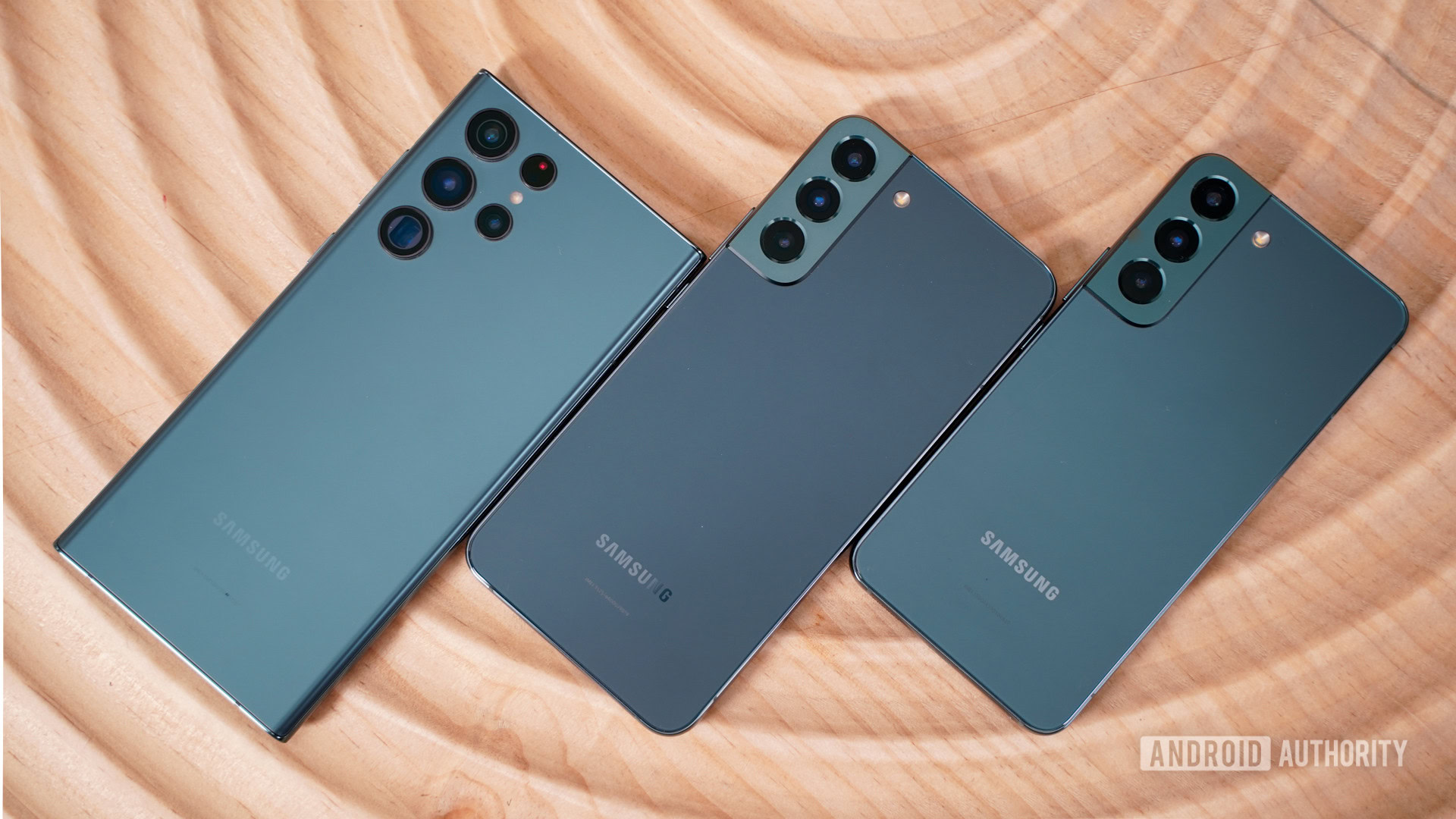
Based on insights from market intelligence firm Gfk, The Elec‘s report gives us a deeper look into shipment volumes for Samsung’s 2022 lineup. The report states that of Samsung’s total shipments for the S22 series, the middle-of-the-line Galaxy S22 Plus accounted for a pitiable 17%. Meanwhile, the regular Galaxy S22 and the flag bearer Galaxy S22 Ultra accounted for 38% and 45% of shipments, respectively. In a year when, by Samsung’s own admission, shipments and consequently profits have been significantly better, it doesn’t paint a very good picture for the Galaxy S22 Plus.
Samsung's Plus variant contributes a minority share to overall shipments, even in a good year.
But let’s rewind a bit further. Looking at the Galaxy S21 series, overall shipment volumes showed a 47% decline over the Galaxy S10 lineup. While we don’t have a clear breakdown of shipment volumes, estimates suggest that Samsung expected most of the volumes to be led by the entry-level device, with the S21 Ultra and S21 Plus managing 8 million units each. Keeping in mind that Samsung underestimated demand for the S21 Ultra, and faced shortages for its flagships, it becomes even clearer that Samsung’s middle-of-the-pack flagship-tier device has never quite stood out as far as shipment volumes are considered.
Diving in, the reasons aren’t all that surprising. The Galaxy S22 Plus didn’t exactly move the needle forward beyond an upgrade in the chipset, and sub-flagship increments to the camera. For a phone that launched at a searing $999, a mere $200 shy of the full-blooded, ultra-loaded flagship, the significant downgrade in specs was never going to sit well with the intended audience. However, the significantly lower sales are also symptomatic of sweeping changes in buyer demographics across smartphone brands.
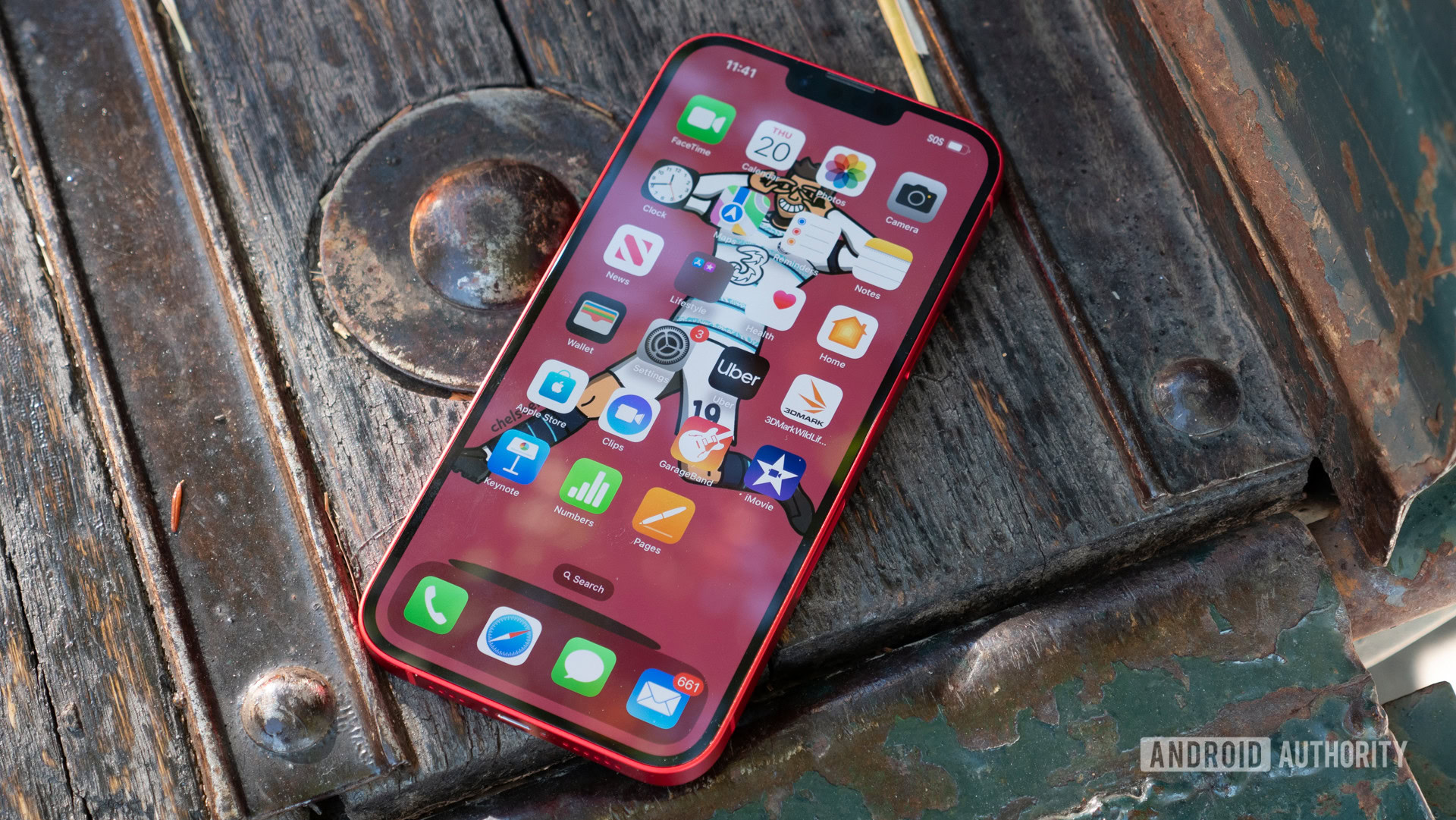
Samsung’s chief competitor in the premium space, Apple, has similar woes. Rumors started swirling mere weeks post-launch that this year’s all-new mid-premium iPhone 14 Plus might be in trouble. In fact, it has been widely speculated that the max-sized smartphone with the same internals as the regular iPhone 14 has been a commercial failure.
Geared towards Asian markets, the iPhone 14 Plus couldn't make inroads because of its cut-down spec sheet, and high-end price.
Finding the right product-market fit is important, and Apple’s gamble with the Plus clearly didn’t sit well with its expected audience. It’s a product that few were clamoring for in the West, and it proved to be too expensive for Asian markets that would otherwise prefer a high-performance device with a larger display.
So, what’s the deal?
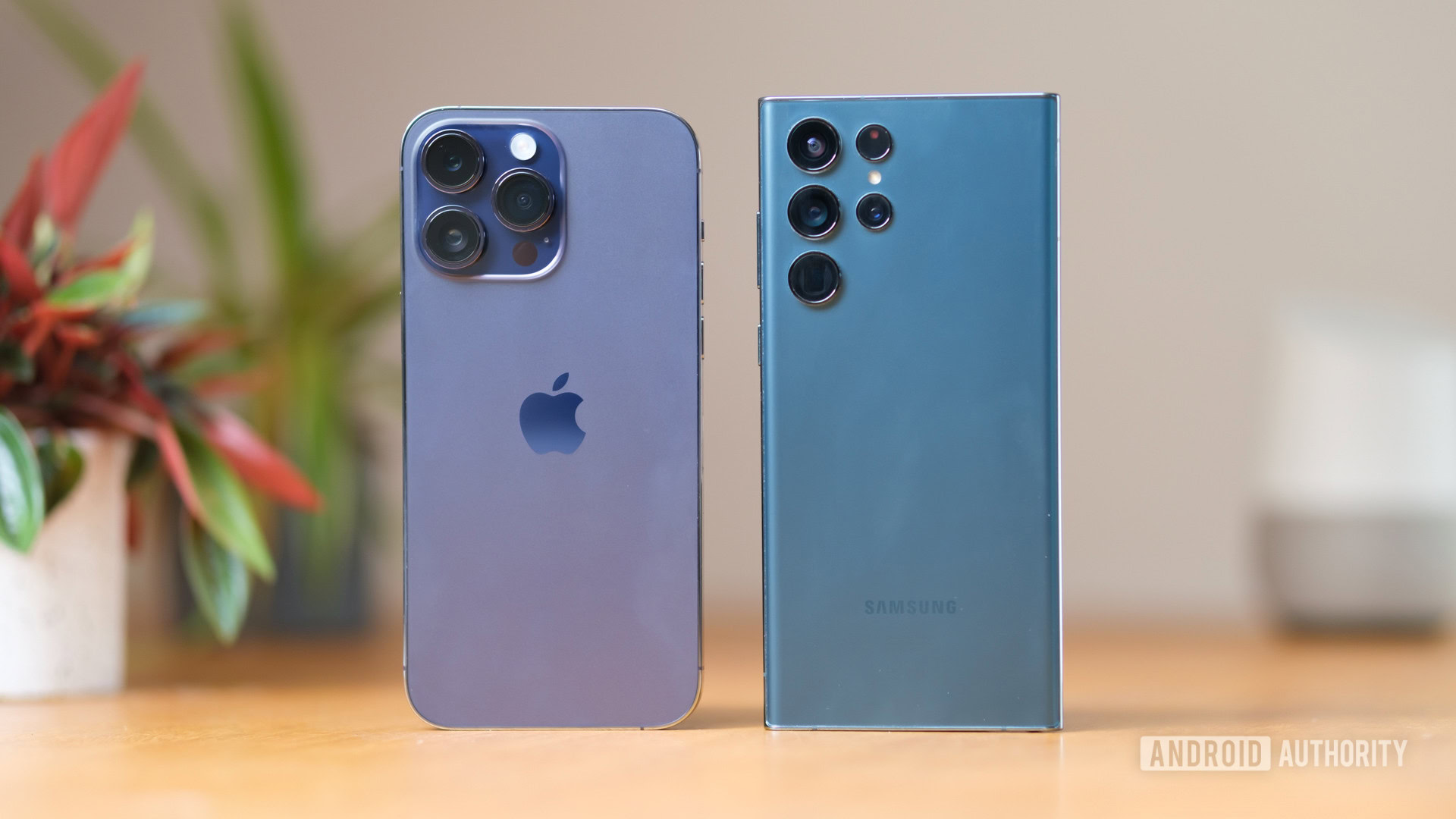
While both brands have taken slightly different approaches to the problem — Apple differentiating with size, and Samsung opting for a lighter feature set as well as a smaller size, they’ve both suffered from the same fundamental problems — limited demand and portfolio overlap.
In a price-conscious market segment where each $100 difference can make or break the product, it makes sense to have a variety of options. This is especially true for countries where paying full price for a smartphone is the norm and is commonly seen with brands like OnePlus and Redmi that tend to flood the market at every price point. However, that same strategy starts falling apart the higher you go up the value chain.
A $200 price difference matters in the affordable segment. But someone already looking at premium phones won't mind paying it to get the best.
For a buyer already spending a thousand dollars on a new phone, that extra two hundred for a top-of-the-line model isn’t nearly as much of a stretch as it is for someone who wants to buy a phone in the affordable flagship category. It’s a very different customer mindset — one where the buyer doesn’t want to settle for second best.
For most buyers interested in picking up the Plus model in Samsung’s lineup, the Galaxy S22 Ultra comes across as a justifiable expense due to the significantly better feature set and not-much-higher price point. In Apple’s ecosystem, a $100 jump over the iPhone 14 Plus nets you a faster processor, better display, and an additional camera — a bargain that only the utmost large-screen but budget-conscious iPhone aficionado would pass on. Clearly, looking at sales reports, there aren’t too many of those.
Size matters; specs do too
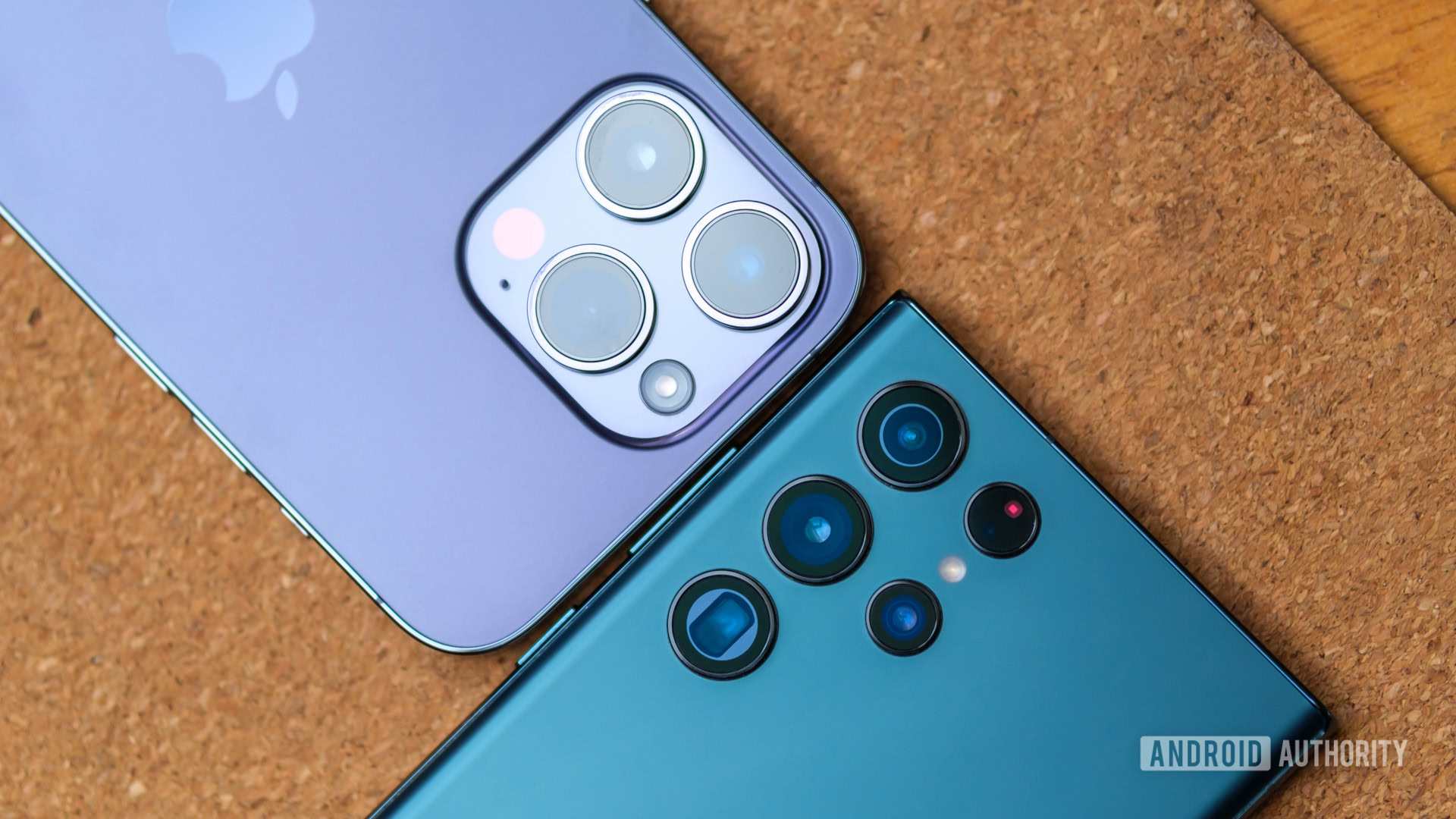
That close-enough positioning is, of course, by design to upsell a higher-end device to the buyer, but it comes at the risk of cannibalizing your own product. The lukewarm sales for the Samsung Galaxy S22 Plus are a perfect example of that cannibalization at play.
Another factor to consider are buyers who want a balls-out flagship, but still want a more comfortable size and form factor. For that customer, the in-between positioning of the Galaxy S22 Plus or, for that matter, the iPhone 14 Plus makes no sense. Both phones fail to hit a sweet spot with their displays, lack top-end specs, and are priced within spitting distance of the actual flagship.
Both the Galaxy S22 Plus and iPhone 14 Plus are in-between products. They're not full flagships and they lack the benefits of an appealing size or price.
It isn’t mere speculation either, as consumer trends and shipment numbers back that hypothesis. The entry-level iPhone and the Samsung Galaxy S22, both, remain popular for the near-perfect balance of specs and pricing. Meanwhile, the iPhone 14 Pro and Samsung Galaxy S22 Ultra continue to ship numbers at a decent clip, despite the nosebleed prices and worldwide economic headwinds.
Interestingly enough, this clear bifurcation in the customer mindset has been a long time coming, and we see it affecting portfolio planning for other brands too. When we snuck a peak at Google’s upcoming Pixel smartphones, the market segmentation was clearly defined there too. Sure, Google also appears to be aiming for a three-device lineup, but unlike Samsung and Apple, the goal is to have the same flagship in two different sizes, and a slightly pared-back budget flagship similar to the stellar Pixel 7 instead of forced segmentation.
Unlike Samsung and Apple’s sub-flagship devices that can divide the customer base into those who are bound by budget and those who can splurge more, offering the latter a choice between a smaller or larger phone. Google’s strategy has the potential to be uncompromising for its customers.
There’s value in a leaner portfolio
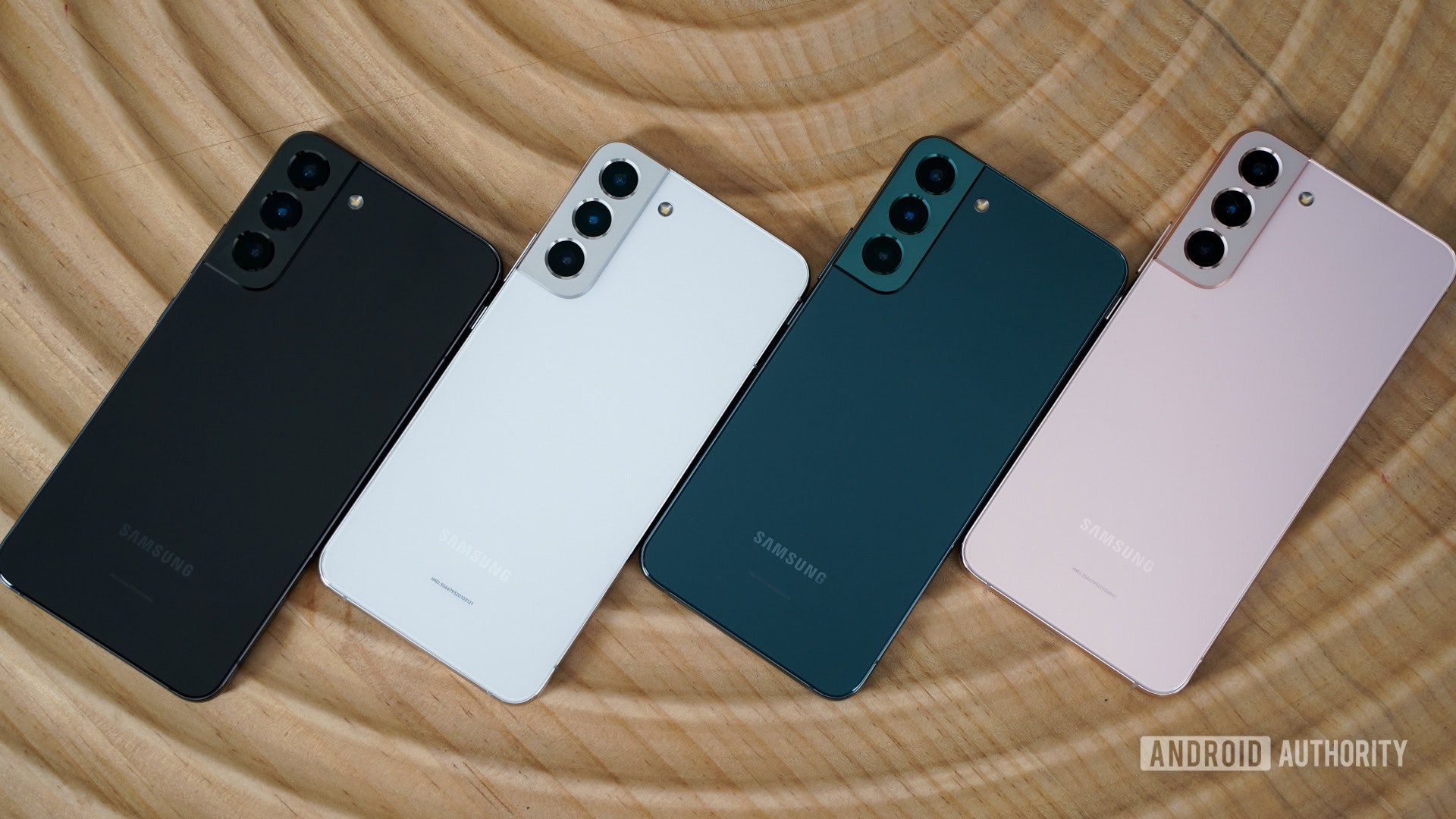
As journalists, we usually measure the value of a product on the merit of the hardware it offers, and, more importantly, the experience it offers at a specific price point. In our Samsung Galaxy S22 Plus review, we found it to be a rather enjoyable product, with a caveat that it might be worth splurging on the premium flagship instead — if you can wing it. If the shipment skew is to be considered, it appears that a vast majority of the buyers did just that.
A leaner high-end portfolio would make picking the right option easier for the customer while increasing profits for Samsung — a win-win situation.
Whether Samsung follows through on the rumors or not remains to be seen, but the audience has made it plenty clear that effectively balancing the price, spec sheet, and size options is key. It might seem like a no-brainer, but a leaner portfolio might, in fact, help Samsung achieve higher sales and revenues by taking away the complexity of choice from the customer.
For those on a budget, the more affordable entry-level model would be a shoo-in, while those looking for the best would have a clear option that will also increase profit margins for Samsung. A win-win situation for both the brand and the customer.